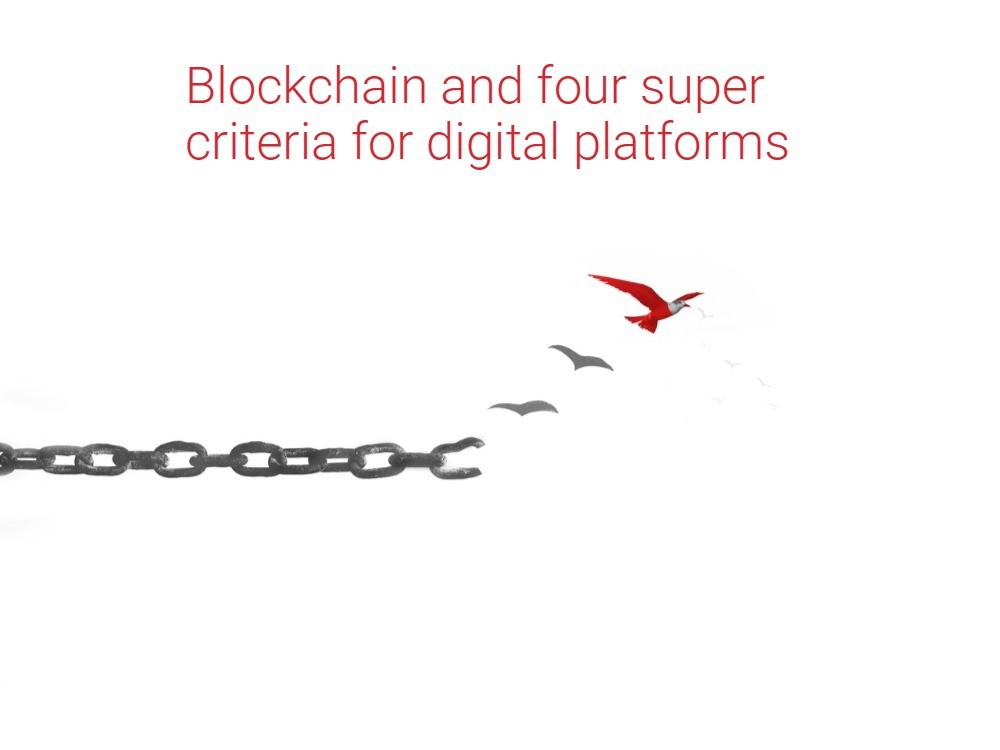Today, we observe the increasing digitization of society, the desire to reduce the environmental footprint of human activities, and the need to adapt the economy to new sanitary challenges.
The demand for exchanges and transactions on tangible and intangible goods is growing. This is true in many areas: between companies, individuals within local or much larger ecosystems.
The places where these exchanges take place are also dematerialized and raise complex questions to be resolved. This is especially true when it comes to the fluidity of interactions and the balance of economic networks.
eCommerce icons
Indeed, some eCommerce icons (Gafa/Batx) are at the forefront of these digital platforms, which are the real trading places of the digital economy.
They operate with such a gravitational force that it seems very complicated for smaller structures to play a decisive role in this new “network economy.”
As we pointed out in a previous blog on what is a digital platform, to succeed in a digital platform requires a few fundamentals that we will recall.
- Trust: This is a broad area that includes the notions of security, price alignment, exemplary execution of customer expectations, and a perfect user experience (in terms of the purchasing journey), the interface, ease of use, and after-sales service.
- The customer/service producer base: A large base enables a rapid return on investment for this platform by taking advantage of exponential acceleration levers.
- Unrestricted growth capacities: network growth cannot suffer from long processes, without a fatal asymptote.
- Agile and robust monetization/billing/payment capabilities.
The importance of these four criteria has led to a hyper-concentration of digital platform players. It’s essential to rethink fundamentally the organization of players and technologies to propose an alternative model.
This model must be capable of:
- Providing unfailing confidence.
- Offering a capacity for rapid growth.
- Proposing a simple monetization model.
However, it appears that major innovation is capable of elegantly meeting these expectations: the blockchain model.
The blockchain model
By decentralizing trust in a network of players without conflicts of interest, blockchain makes it possible to go beyond what GAFA/BATX brings, as demonstrated by the monetary activities of cryptocurrency.
By automating the contractual aspect, the scale-up of the acquisition of new players (enabling the creation of the ecosystem) can be much faster than what is offered by current centralized platforms.
By offering the possibility to rely on underlying cryptocurrency, they can automate not only the monetization of services but also the payment/ invoicing of goods while reinforcing the strength of the network (proof of work).
Finally, smart contracts make it possible to envisage elegant solutions for handling after-sales service refunds in the event of customer dissatisfaction, guarantees, payment on delivery, etc.
Blockchain mechanisms
The wedding of blockchain mechanisms and digital platform tools can pave the way for an alternative, balanced, and decentralized economy.
This is capable of giving a real role as sovereign players in this new economy: the network economy, which offers so many advantages to all stakeholders.
Such a tool brings the following main advantages:
- Confidence in the operation and sincerity of transactions.
- The simplicity of implementation and associated cost reduction.
New use cases may appear in different areas:
- Energy trading exchange within a micro-network.
- The marketplace for data from connected sensors, exchange of objects (tools) within a neighborhood, exchange of network resources between telecom operators, exchanges of equipment between companies in a given sector.
Questions to ask…
- What will be the right blockchain technology?
- What will be the digital platform agile enough to incorporate these mechanisms?
- What will be the reaction of the GAFA to these attempts to restore a balance of actors? This is what we have to observe in the coming months.
Take a closer look at the engagement platform’s aggregation Tier by downloading the white paper.

Follow us on social